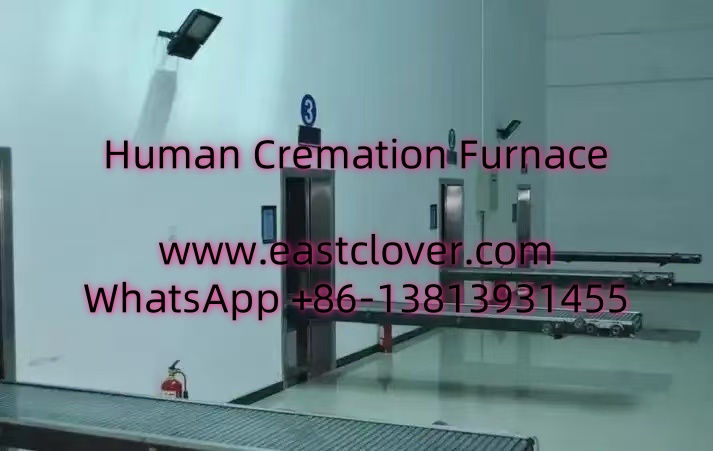Understanding Cremation Furnaces in Community Hospitals
Human cremation furnaces, also known as cremators, are specialized equipment designed to respectfully reduce human remains to bone fragments through high-temperature combustion. For community hospitals, these systems play a critical role in managing deceased patients with dignity while adhering to legal, environmental, and ethical standards. This guide explores the fundamentals of cremation technology, operational considerations, and best practices for administrators.
How Cremation Furnaces Operate
Modern cremation furnaces use temperatures between 1,400°F and 1,800°F to break down organic matter. Key components include:
- Combustion Chamber: Lined with refractory bricks to withstand extreme heat.
- Burners: Natural gas or propane-powered systems for efficient combustion.
- Afterburner: Secondary chamber to eliminate emissions and ensure regulatory compliance.
- Control Panel: Automated systems for temperature regulation and cycle tracking.
Types of Cremation Furnaces
Community hospitals typically choose from three designs:
- Traditional Flame-Based Units: Cost-effective but require robust ventilation.
- Hybrid Systems: Combine flame and electric heating for reduced emissions.
- Electric Cremators: Eco-friendly with precise temperature control but higher upfront costs.
Choosing the Right Furnace for Your Hospital
Administrators must evaluate:
- Volume: Daily cremation capacity (1–5 bodies/day for most community hospitals).
- Space: Average footprint of 100–200 sq ft, plus ventilation requirements.
- Regulations: Compliance with EPA emissions standards and state health codes.
- Budget: Equipment costs ranging from $80,000 to $300,000, plus installation.
Safety and Sustainability
Modern furnaces incorporate:
- Automatic shutdown mechanisms for over-temperature scenarios
- Scrubbers to neutralize mercury from dental amalgam
- Continuous emission monitoring systems (CEMS)
- Energy recovery systems to repurpose waste heat
Operational Guidelines
- Conduct weekly inspections of burners and refractory lining
- Train staff in biohazard protocols and equipment operation
- Maintain digital logs for maintenance and cremation records
- Partner with certified waste management firms for mercury disposal
www.southclover.com
Selecting and operating a cremation furnace requires balancing technical specifications, regulatory demands, and community needs. By investing in quality equipment and comprehensive staff training, community hospitals can provide essential end-of-life services while maintaining environmental stewardship and operational efficiency.
Frequently Asked Questions
- How long does a typical cremation cycle take?
- 2–3 hours for combustion, plus cooling time. Larger bodies may require additional processing.
- Can cremators handle oversized remains?
- Most units accommodate weights up to 500 pounds, but special configurations are available.
- What permits are required?
- State health department approval, EPA air quality certification, and local fire safety permits.
- What are the ongoing operational costs?
- Average $15–$30 per cremation in energy and maintenance expenses.
- How do hospitals address ethical concerns?
- Strict chain-of-custody protocols, RFID tagging systems, and third-party audits ensure respectful handling.

Comments are closed